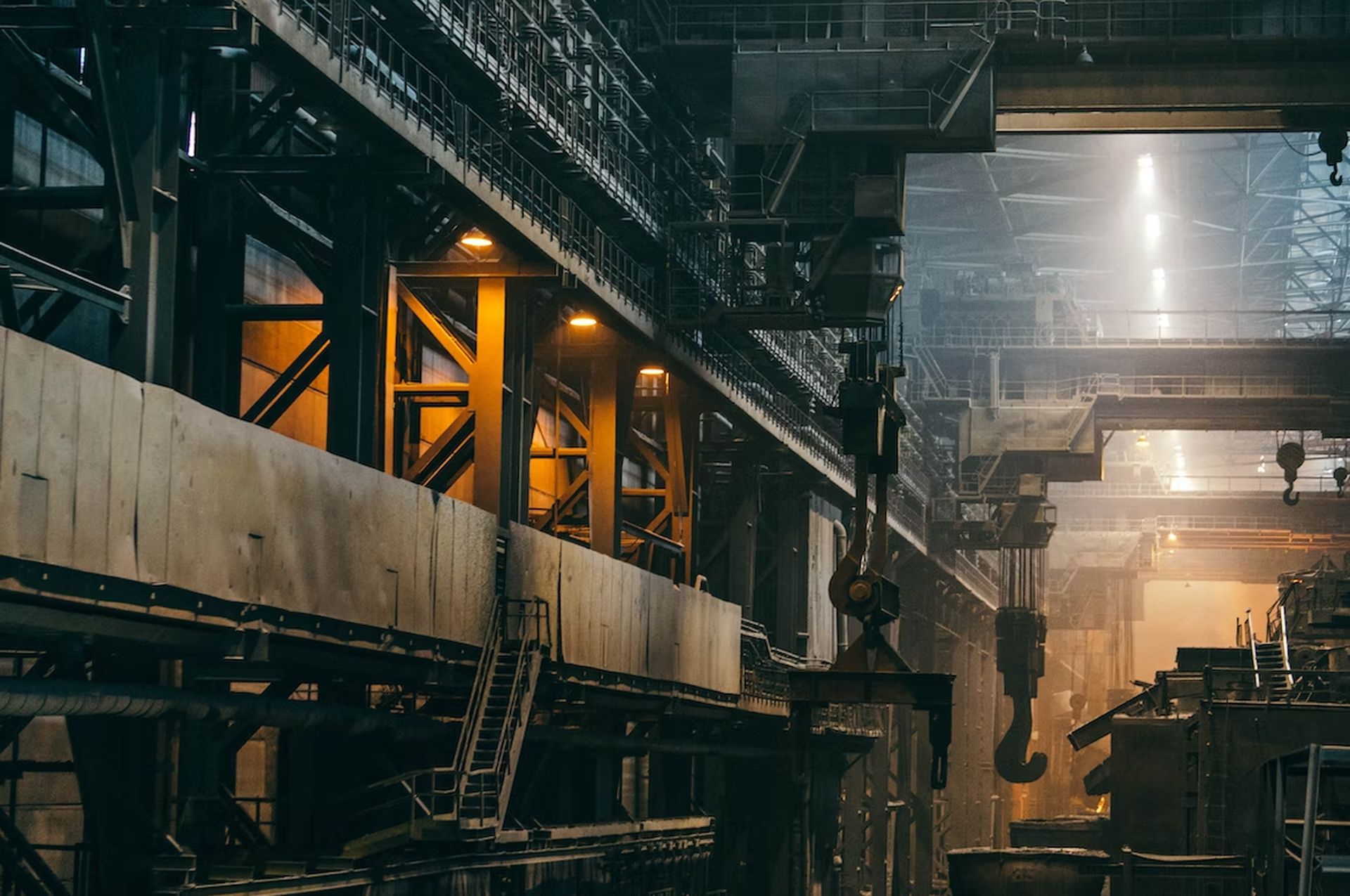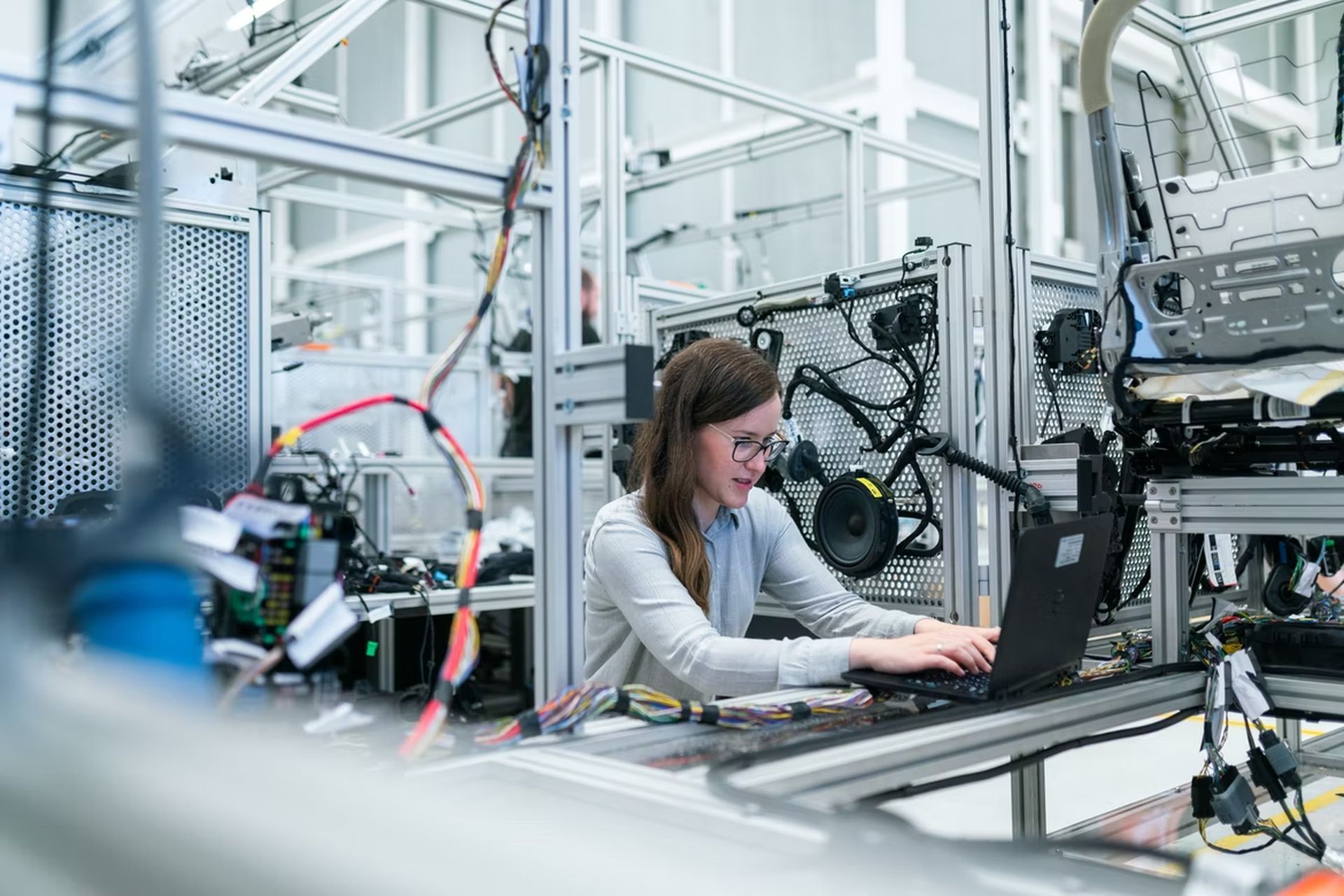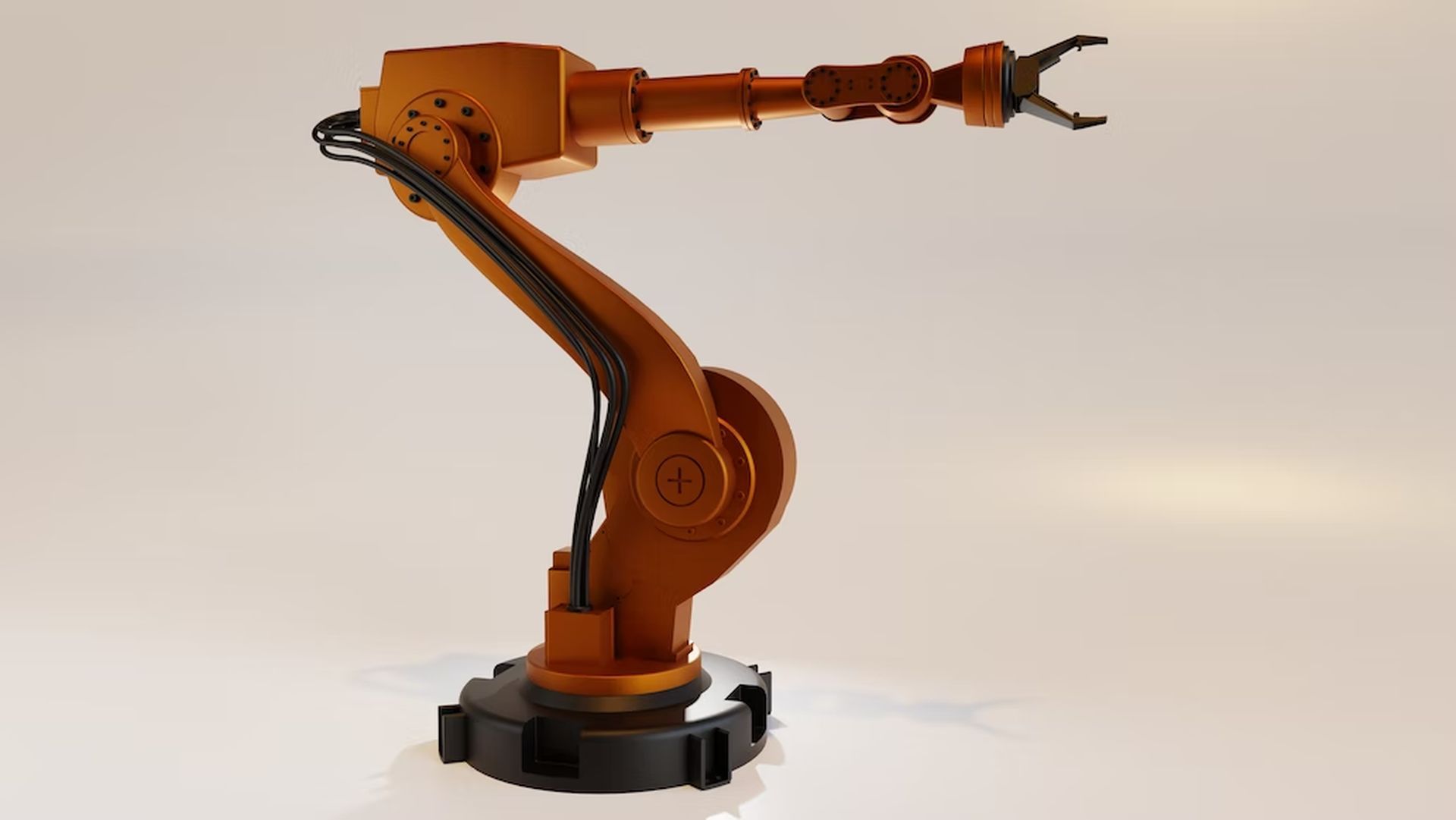Modernizing industries depend heavily on emerging technologies. These technologies, like artificial intelligence, are primarily impactful for the manufacturing, energy, and transportation sectors. Enterprises are being transformed into a digital environment with emerging technologies. Every time the phrase “technology” is used, something new is always being developed or put into use that could benefit organizations.
A few years ago, no one thought emerging technologies would soon take over our lives. The users’ quick development has impacted the business ecosystem in wants and expectations for real-time interaction on these applications. These technical advancements significantly impact how we respond to global concerns. These new technologies can improve people’s lives, alter the course of the international economy, and improve the quality of life for present and future generations.
What is artificial intelligence?
Artificial intelligence is, generally speaking, the activity of creating computer systems that can make intelligent decisions based on context rather than direct input. Understanding that AI systems always act following programmed rules is crucial. Consider a computer playing chess. While many people today would not consider this to be artificial intelligence (AI), it certainly satisfies the description of a system with rules that make decisions and estimates probability depending on the opponent’s movements.

Today, AI is becoming more popular as capabilities get closer to resembling sentience. This predicament results from various trends, which are essential elements needed when businesses incorporate AI into their strategies.
What do you mean by emerging technologies?
The word “emerging technology” is typically used to describe a new technology, but it can also refer to the ongoing evolution of existing technology. It can have slightly different meanings when used in different contexts, such as in the media, business, science, or educational fields.
What are the most emerging technologies?
PwC examined more than 250 of them to determine which emerging technologies would have the biggest business impacts across industries. The technologies with the most potential were dubbed the Essential Eight. They consist of robotics, 3D printing, blockchain, drones, augmented reality (AR), artificial intelligence (AI), augmented reality (AR), virtual reality (VR), and the Internet of Things (IoT).
“Companies across industries are using, investing in or planning to invest in artificial intelligence (AI). AI is improving industrial processes and making machines “smart.” It is expected to be one of the most disruptive technologies impacting industry and business. As the market for AI grows, boards should understand how this technology will affect their company’s strategy.”
-PwC
The pandemic is speeding the adoption of emerging technologies, and the Essential Eight are still evolving and leaving their imprint today. Some, like AI, are becoming essential to all business types. Others, like 3D printing, have focused on specific industries, including manufacturing. While doing so, we have been monitoring yet another significant change: the revolutionary ways these many technologies combine.

Although there are other emerging technologies, such as quantum computing and nanotechnology, the Essential Eight will continue to have the most significant and practical effects over the next five years. However, the way they will collaborate to produce this impact will differ.
Is artificial intelligence an emerging technology?
In almost every sector, artificial intelligence influences how people will live in the future. It already serves as the primary driver of emerging technologies like big data, robotics, and the Internet of Things, and it will continue to do so for the foreseeable future. So, the answer is yes. Artificial intelligence is an emerging technology.
The role of artificial intelligence in the future of technology
AI will revolutionize how we work and live. It increases productivity by assisting us in several ways and saving a great deal of time when performing boring duties at home and work.
For instance, we can now set the robot vacuum to clean the floor, saving us time and effort. The vacuum robot effectively cleans the surface while avoiding collisions with obstacles, thanks to artificial intelligence.

The requirement for repetitive labor will also be eliminated thanks to advances and AI. By removing the risk of human error, autonomous cars will ease our burden of driving and probably lower the likelihood of car accidents.
In addition to decreasing repetitive work and increasing employee productivity, artificial intelligence has the potential to change many industries due to its ability to make quick decisions. We must take the necessary precautions to prevent ethical and safety issues as AI becomes increasingly ingrained in our daily lives.
Top emerging technologies in artificial intelligence
Many people’s perceptions of AI are distorted or constrained because of the long history of AI in popular culture and prominent instances in the consumer sector. Although intelligent chatbots and natural language interfaces are undoubtedly a part of the AI ecosystem, they are currently one of the least common ways for organizations to use new types of artificial intelligence.
This robot can learn its self-model without human aid
It is no great surprise to learn that the Internet of Things, another cutting-edge technology, is frequently linked to AI. IoT system complexity essentially necessitates some level of automation and network learning. While lesser implementations of IoT can yield some benefits, large-scale systems are likely to incorporate AI as part of the solution.

Examples of artificial intelligence technologies
Machine learning: Machine learning gives computers the ability to interpret large data sets without having to be explicitly trained. Business decision-making is aided by machine learning techniques when data analytics are carried out utilizing statistical models and algorithms. Businesses invest extensively in this field to gain from machine learning’s use in various fields.
Healthcare and the medical profession need machine learning algorithms to analyze patient data for disease prediction and efficient treatment. Machine learning is necessary for the banking and financial industries to analyze client data, discover and recommend customer investments, and reduce risk and fraud. Retailers use machine learning to analyze customer data and forecast shifting consumer preferences and behavior.
Using data to bring down healthcare costs
Virtual agents: The use of virtual agents by instructional designers has increased significantly. A computer program that communicates with people is referred to as a virtual agent. Web and mobile applications use chatbots as customer care representatives to communicate with people and respond to their inquiries.
Both Amazon’s Alexa and Google Assistant make it easier to plan meetings and go shopping. A virtual assistant performs similar functions to a language assistant by taking cues from your preferences and choices. The common customer care inquiries posed in various ways are comprehended by IBM Watson. Virtual agents function similarly to software as a service.
Speech recognition: Another significant branch of artificial intelligence is voice recognition, which transforms spoken language into a form that computers can utilize and comprehend. The bridge between human and computer interactions is speech recognition. The technology can translate and recognize human speech in a variety of languages. A well-known example of speech recognition is Siri on the iPhone.
Deep learning: Another area of artificial intelligence that relies on artificial neural networks is deep learning. This method encourages computers and other devices to learn by doing, much like people do. Because neural networks have hidden layers, the word “deep” was created. A neural network typically contains two to three hidden layers and up to 150 hidden layers.
PaddlePaddle deep learning framework expands AI to industrial applications
Deep learning is effective on large amounts of data when training a model with a graphics processing unit. A hierarchy of algorithms is used to automate predictive analytics. Deep learning has gained traction in a variety of industries, including aerospace and military, to recognize things from satellites, worker safety by identifying dangerous situations when a worker is near a machine, cancer cell detection, etc.

Natural language processing: Machines transmit and interpret information differently than the human brain. A popular method called “natural language generation” transforms structured data into the user’s native tongue. Algorithms are programmed into the machines to transform the data into a format that the user will find appealing. A subset of artificial intelligence called natural language assists content creators in automating content and delivering it in the desired format.
To reach the desired audience, content creators can employ automated content to promote on different social media platforms and other media platforms. The amount of human intervention will be greatly reduced as data is transformed into the desired formats. Charts, graphs, and other visual representations of the data are available. Today natural language processing models are heavily utilized by AI art illustrators. For instance, emerging technologies like DALL-E 2, Midjourney AI, and many more utilize this method.
DALL-E 2 now sees the “bigger picture”
How intelligent is artificial intelligence today?
Large quantities of fuel, natural resources, and labor from humans are used to create AI. Additionally, it lacks any human-like intelligence. Without considerable human instruction, it cannot make distinctions, and the statistical reasoning it uses to determine meaning is entirely different. Since the inception of AI in 1956, we have committed this dreadful fault—a kind of original sin for the field—by assuming that minds are similar to computers and vice versa. Nothing could be further from the truth than our assumption that these objects are analogs of human intelligence.
However, AI is now well-established in many different corporate sectors and progressively influences decisions in fields like human resources, insurance, and bank lending, to mention a few.

Machines learn about us and what we like by analyzing our online behavior. After removing less important information, recommendation systems suggest movies to watch, articles to read, or clothing we would enjoy on social media.
Mathematical models have been greatly improved thanks to the development of ever-more-powerful computers and the digitization of information. The rest has been completed by the internet and its limitless datasets, advancing the capabilities of AI systems.
What is the future of artificial intelligence?
While it is impossible to predict how artificial intelligence will affect our lives fully, some things are certain:
AI will become a cornerstone of international relations
The National Security Commission on Artificial Intelligence came to the conclusion that the US government must significantly speed up the development of AI. There is little question that AI will be essential to the United States’ continued economic strength and geopolitical leadership.
AI and ML will evolve the scientific method
Large-scale clinical trials and the construction of particle colliders are examples of important science that are costly and time-consuming. There has been significant, well-founded worry about the stalling of scientific advancement in recent decades. The era of great scientific discovery may be finished.
We may anticipate orders of magnitude improvements in what can be done with AI and machine learning (ML). Humans are limited in the range of concepts they can computationally investigate. Humans and computers can discuss a wider range of concepts.
AI will pave the way for next-generation CX
The metaverse and cryptocurrency are two examples of next-generation consumer experiences that have generated a lot of hype. AI will be essential in making these experiences and more like them possible. Because humans lack the perception necessary to overlay digital things on actual physical surroundings or comprehend the spectrum of human activities and their related impacts in a metaverse setting, the metaverse is intrinsically a problem for AI.

These are organic drivers for AI to close feedback loops between the virtual and real worlds. For instance, at their foundation, distributed finance, cryptocurrencies, and blockchain are all about incorporating frictionless capitalism into the economy. Distributed apps and smart contracts will need a better grasp of how financial operations interact with the actual world, an AI and ML challenge, to make this vision a reality.
AI is necessary to address the climate change
We, as a society, still have a lot to do to reduce the socioeconomic risks brought on by climate change. Policies for pricing carbon are still in their infancy, and their usefulness is debatable. AI is necessary for many promising new concepts to be practical. One potential new strategy is prediction markets powered by AI that can link policy to impact and take a comprehensive perspective of environmental knowledge and interdependence.
AI will also change the future of healthcare
Since the human genome was decoded, personalized medicine has been an ambition. Tragically, it nevertheless remains an aspiration. Creating personalized treatments for patients is an intriguing new use of AI. In addition, AI can one day synthesize and forecast tailored treatment modalities in close to real-time without the need for clinical trials.
In other words, AI is ideally qualified to build and assess “digital twin” rubrics of personal biology and can do so in the context of the communities a person lives in.
What is the end goal of AI?
AI seeks to create machines that emulate human thought processes and actions, such as perception, reasoning, learning, planning, and prediction. One of the key traits that sets humans apart from other animals is intelligence. Industrial revolutions have resulted in the displacement of human labor from all walks of life by an ever-increasing variety of machines. The impending replacement of human resources by machine intelligence is the next major obstacle to be addressed.

The research in the field of AI is rich and diversified because so many scientists are concentrating on it. Search algorithms, knowledge graphs, natural language processing, expert systems, evolutionary algorithms, machine learning (ML), deep learning (DL), and other areas of AI research are just a few examples. There’s an insightful research addresses this topic called “Artificial intelligence: A powerful paradigm for scientific research”
Which industries will AI change?
Specifically, “narrow AI,” which executes objective functions using data-trained models and frequently falls into the categories of deep learning or machine learning, has already had an impact on practically every significant business. The proliferation of connected devices, strong IoT connectivity, and ever-faster computer processing have contributed to a significant increase in data collection and analysis during the past few years.
While some industries are just beginning their AI journey, others are seasoned travelers. Both still have a ways to go. Whatever the case, it’s difficult to ignore AI’s impact on our daily lives.
- Education: Artificial intelligence (AI) is used for digitizing textbooks, early-stage virtual tutors support human instructors, and facial analysis measures student emotions to identify better who is struggling or bored and better adapt the experience to their specific needs.
- Healthcare: Diseases are diagnosed more quickly and accurately, drug discovery is accelerated and streamlined, virtual nursing assistants keep an eye on patients, and big data analysis helps to provide a more individualized patient experience in the relatively young field of AI in healthcare.
- Transportation and logistics: Autonomous vehicles will transport us someday, albeit they may take some time to develop.
- Manufacturing: For a restricted range of operations like assembly and stacking, AI-powered robots collaborate with humans, and predictive analysis sensors keep equipment in good working order.
- Customer services: Last but not least, Google is developing an AI assistant that can make calls that sound human-like to schedule appointments. The technology is capable of comprehending context and nuance in addition to words.
- Media: Journalism is utilizing AI as well and will continue to do so. In order to assist readers quickly understanding complex financial information, Bloomberg uses Cyborg technology. The Associated Press now generates nearly four times as many earning report pieces yearly (3,700) using Automated Insights’ natural language processing capabilities.
Rising cybersecurity risks threaten the healthcare industry
Conclusion
Modernizing industries depend heavily on emerging technologies. Over the next ten years, artificial intelligence applications will significantly impact our society and economy. We are currently in the early stages of what many reliable experts consider to be the most promising period for technological innovation and value creation in the near future.





